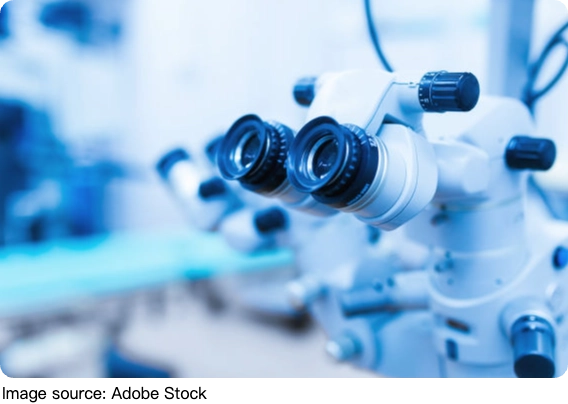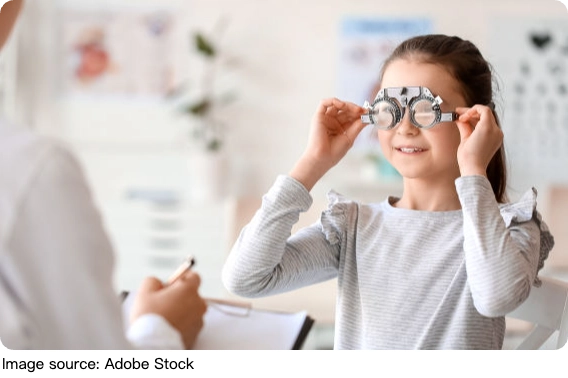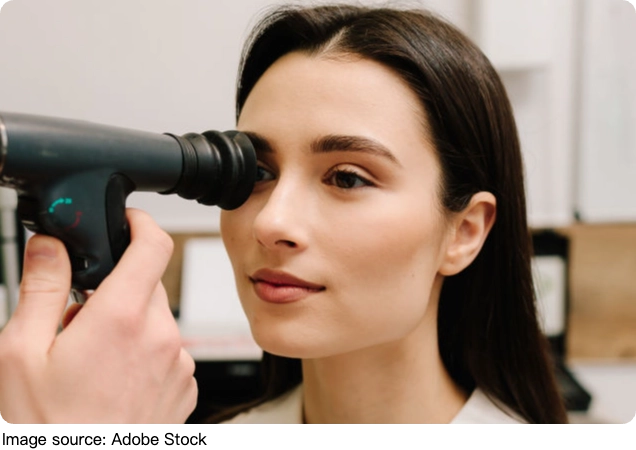Methods to Slow Down Myopia

Hey Lykkers! Let’s Talk About Myopia! Have you ever found yourself squinting at distant signs or struggling to see the board in class? If so, you’re not alone!
Myopia, or nearsightedness, is becoming more common, especially with all the time we spend on screens and close-up work. But don’t worry—there are ways to slow it down and take better care of your eyes!
Understanding Myopia
Definition and Effects
Myopia is a common vision condition where distant objects appear blurry while nearby objects remain clear. This occurs due to an elongation of the eye, which causes light to focus in front of the retina rather than directly on it.
Individuals with this condition may experience eye strain and often squint to see distant objects more clearly.
When It Develops?
This vision impairment typically begins in childhood, progressing during school years and often stabilizing in early adulthood. In some cases, it continues to worsen over time, requiring corrective measures to maintain visual clarity.

Main Causes of Myopia
Genetic Factors
Heredity plays a key role in the development of myopia. If one or both parents have this condition, there is a higher likelihood that their child may also develop it.
Prolonged Near Work
Extended use of digital screens, reading for long periods, and engaging in tasks that require close focus can contribute to worsening vision. Constant focusing on nearby objects can lead to strain on the ciliary muscle, which may encourage further progression of myopia.
Poor Lighting Conditions
Reading or working in dim environments places extra strain on the eyes, making it more challenging to maintain proper focus. Adequate lighting is essential to reduce unnecessary stress on vision.
Incorrect Viewing Distance
Sitting too close to screens, books, or other materials can put additional strain on the eyes. Maintaining an appropriate distance when reading or using digital devices is crucial for reducing stress on the visual system.
Why Myopia Progresses?
Structural Changes
In some cases, myopia progresses due to changes in the shape of the eye. If the eye continues to elongate, light will be increasingly misfocused, resulting in worsening vision.
Prolonged Eye Strain
Spending long hours using digital screens, reading, or performing detailed work without breaks can contribute to progression. Continuous near work forces the eye muscles to remain contracted, which can have long-term effects on vision.

Ways to Prevent Myopia from Worsening
Maintain Proper Lighting
Ensure that workspaces are well-lit, preferably with natural light. If artificial lighting is used, opt for desk lamps that provide a balanced level of brightness without causing glare.
Follow the Correct Screen Distance
Keep digital screens and books at an appropriate distance. The ideal space between the eyes and a screen should be approximately equal to the distance from the elbow to the fingertips, which is typically around 40 cm.
Take Regular Breaks
To reduce strain, follow the 20-20-20 rule: every 20 minutes, look at something at least 20 feet away for 20 seconds. Additionally, taking a 15-minute break every two hours of continuous work or study helps maintain eye health.
Spend Time Outdoors
Regular outdoor activities have been shown to slow the progression of myopia. Exposure to natural light benefits the eyes and can support overall visual well-being.
Choosing the Right Lenses
Corrective Glasses
Prescription lenses are a common and effective way to manage myopia. They help refocus light correctly onto the retina, allowing for clearer vision.
Contact Lenses
For those who prefer an alternative to glasses, contact lenses provide similar benefits. Specialized lenses may also help in controlling the progression of myopia.
Advanced Optical Solutions
Certain lenses are designed to reduce strain on the eye muscles, potentially slowing down further deterioration. Consulting with an eye specialist can help in selecting the most suitable option based on individual needs.

Healthy Lifestyle Habits for Better Vision
Balanced Nutrition
Consuming a diet rich in essential nutrients supports overall eye health. Vitamins such as A, C, and E, along with minerals like zinc, contribute to maintaining strong vision.
Proper Rest
Adequate sleep allows the eyes to recover from daily strain. Ensuring sufficient rest each night can help reduce discomfort and fatigue.
Eye Exercises
Performing simple exercises, such as shifting focus between near and distant objects, can help relax the eyes and maintain flexibility in focusing ability.
By adopting these practices, Lykkers, it is possible to support and maintain eye health, reducing the risk of further deterioration. Regular eye check-ups are also essential to monitor vision changes and ensure timely adjustments in corrective measures.
-
 4 Incredible IslandsReady To Explore Micronesia? Here's What You Can't Miss On The 4 Most Stunning Islands!
4 Incredible IslandsReady To Explore Micronesia? Here's What You Can't Miss On The 4 Most Stunning Islands! -
 Pastoral Dreams Come TrueImagine stepping into a fairytale—layered linens, wildflower vases, and rustic accents that spin modern stress into nostalgic bliss!
Pastoral Dreams Come TrueImagine stepping into a fairytale—layered linens, wildflower vases, and rustic accents that spin modern stress into nostalgic bliss! -
 Secrets Beneath TeotihuacanWhy climbing these pyramids is just the beginning of what you'll uncover!
Secrets Beneath TeotihuacanWhy climbing these pyramids is just the beginning of what you'll uncover!